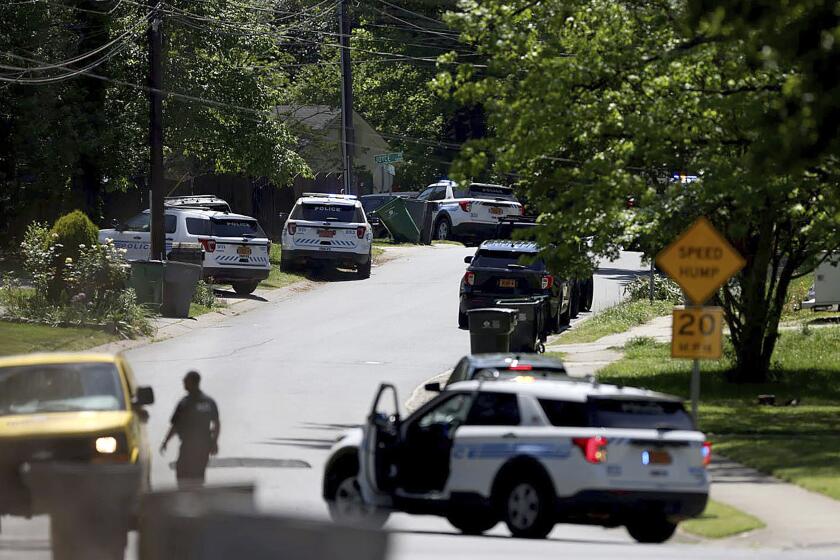Supreme Court sides with Idaho landowners against EPA
The Supreme Court strengthened the rights of property owners who are confronted by federal environmental regulators, ruling Wednesday that landowners are entitled to a hearing to challenge the government’s threats to fine them for alleged Clean Water Act violations.
The 9-0 decision revolved around procedural matters and did not resolve questions about the reach of the act, which has been the subject of different legal interpretations.
But it is a victory for an Idaho couple, Mike and Chantell Sackett, who faced fines of up to $75,000 a day if they didn’t restore a small wetland the Environmental Protection Agency said they had filled on a Bonner County lot where they planned to build their home.
When the Sacketts, who contended there were no wetlands on the property, sought to challenge the compliance order, they were told by EPA officials and later by a federal judge and the U.S. 9th Circuit Court of Appeals that they had no right to a hearing. Instead, they were told to comply with the order first and then seek a permit to resume building. They weren’t entitled to a hearing until the agency had imposed a fine on them, the appeals court said.
Reversing the 9th Circuit, the high court concluded that the Sacketts had a right to sue the government at an early stage. The court did not rule on whether they had violated clean water regulations.
The couple were represented by the Pacific Legal Foundation, a property rights group. The EPA “can’t order property owners to dance like marionettes while denying them any meaningful right to appeal to the courts,” said attorney Damien Schiff, who argued the case. The agency “will have to change its enforcement techniques for the better,” he said.
The EPA said it was reviewing the decision.
Vermont Law School professor Pat Parenteau said that he doubted the opinion would have much effect on Clean Water Act enforcement because it applied to “an extremely narrow range of cases” and that most people in similar situations complied with the agency orders.
“I think the court was certainly very concerned that EPA was telling people they had to … pay all these fines but also saying, we’re not going to tell you when, if ever, you’re going to get a day in court,” Parenteau said. “I think the court was right to call the EPA on that.”
The Sacketts bought a parcel of less than an acre in 2005, intending to build a three-bedroom house. The lot is in a residential area near Priest Lake, and other houses had been constructed between their land and the lake. They obtained a county permit and trucked in dirt and gravel fill. A few months later the EPA informed them that their property contained wetlands and said they had violated clean water regulations.
“The EPA used bullying and threats of terrifying fines, and has made our life hell for the past five years,” Michael Sackett said in a statement. “Now the Supreme Court has come to our rescue.”
Wednesday’s decision in Sackett vs. EPA gives the landowners a new tool for challenging the agency, but it does not change the law on what constitutes a wetland.
In a concurring opinion, Justice Samuel A. Alito Jr. faulted Congress and the EPA for not clarifying the definition of a wetland.
“Any piece of land that is wet at least part of the year is in danger of being classified by EPA employees as wetlands,” Alito said. “Allowing aggrieved property owners to sue under the Administrative Procedure Act is better than nothing, but only clarification of the reach of the Clean Water Act can rectify the underlying problem.”
Boxall reported from Los Angeles and Savage from Washington.
More to Read
Start your day right
Sign up for Essential California for news, features and recommendations from the L.A. Times and beyond in your inbox six days a week.
You may occasionally receive promotional content from the Los Angeles Times.








